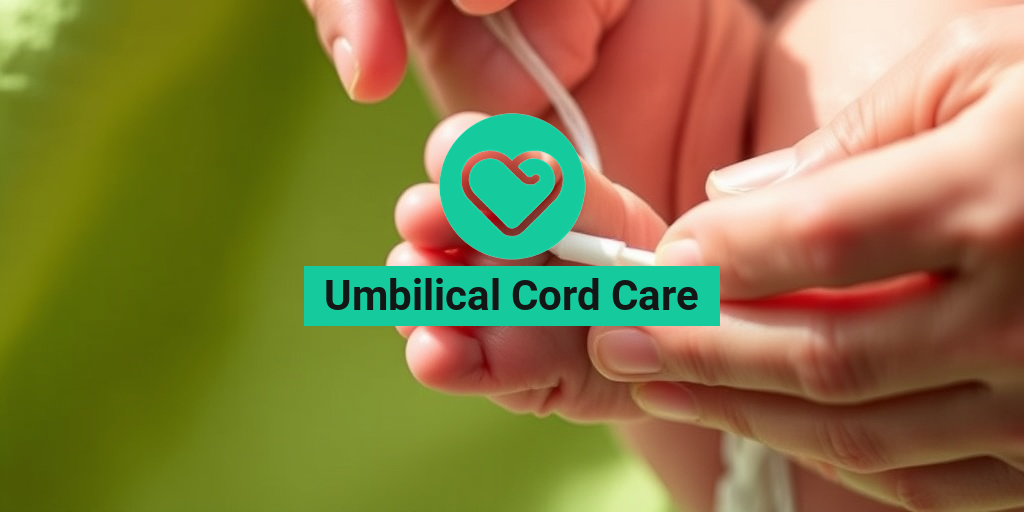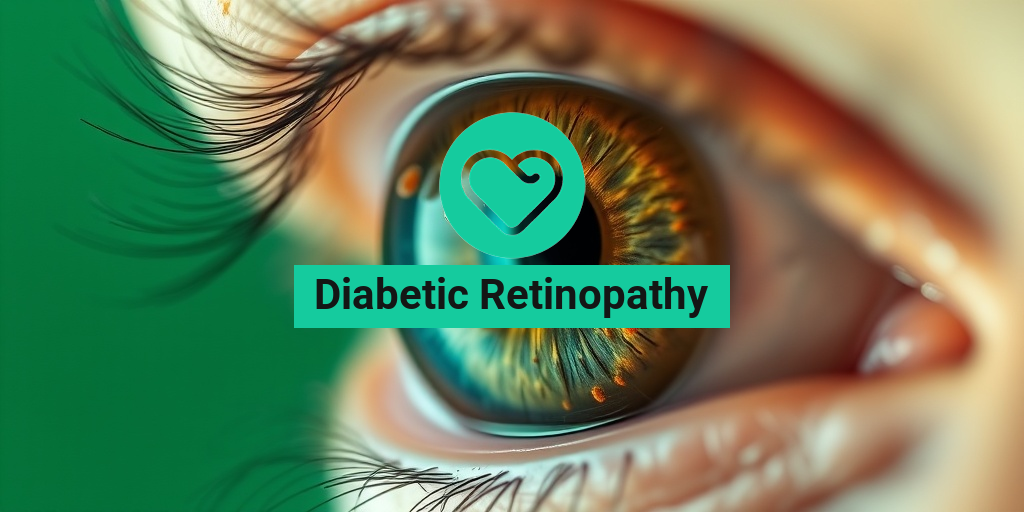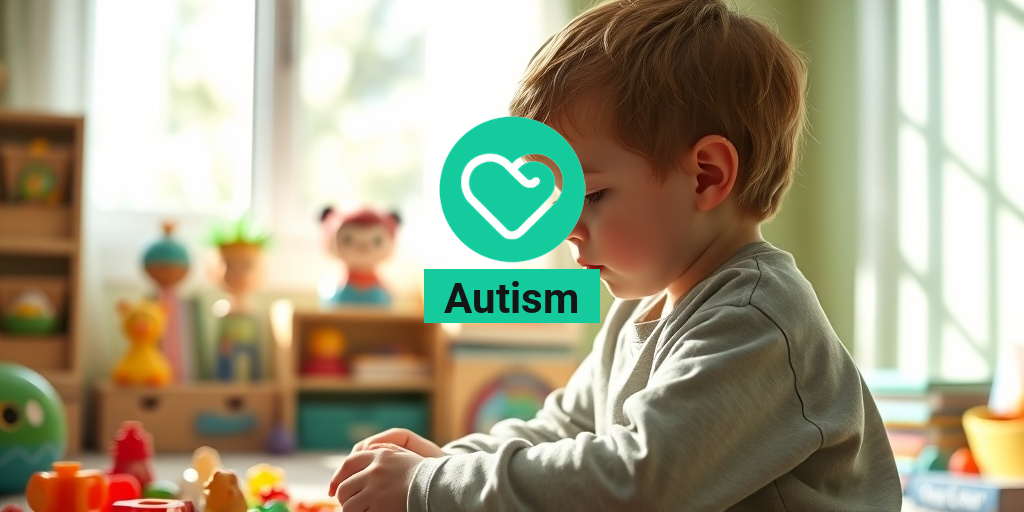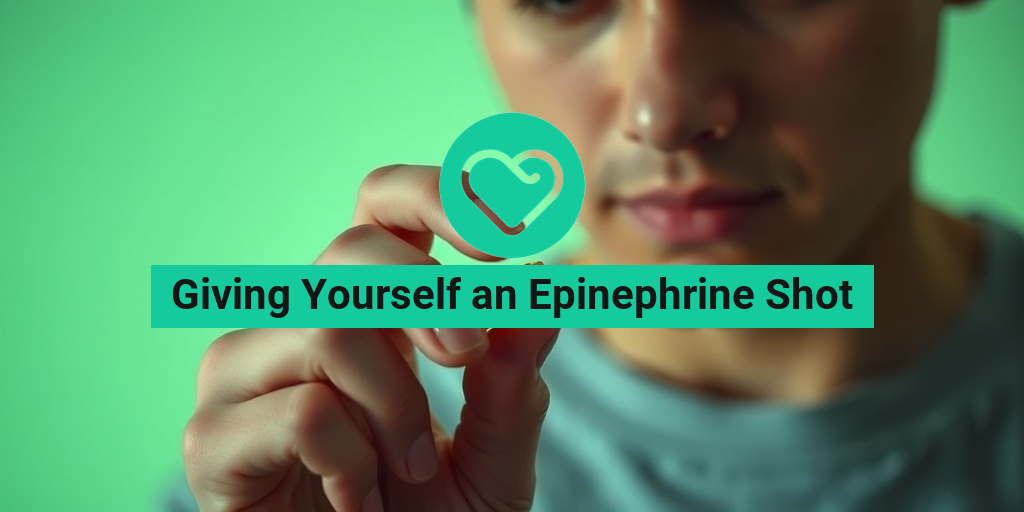What Is Umbilical Cord Care?
Umbilical cord care refers to the practices and procedures involved in maintaining the health and hygiene of a newborn’s umbilical cord stump after birth. The umbilical cord is a vital lifeline that connects the fetus to the placenta, providing essential nutrients and oxygen during pregnancy. After birth, the cord is clamped and cut, leaving a small stump that typically falls off within one to three weeks. Proper care of this stump is crucial to prevent infections and ensure a healthy healing process.
Understanding the Umbilical Cord Stump
The umbilical cord stump is a remnant of the cord that once connected your baby to you. Initially, it appears moist and may have a yellowish or brownish color. As it dries out, it will eventually shrivel and fall off. During this time, it is essential to keep the area clean and dry to promote healing.
Common Practices in Umbilical Cord Care
Effective umbilical cord care involves several key practices:
- Keep it clean: Gently clean the area around the stump with a soft cloth and warm water. Avoid using alcohol or other harsh substances unless advised by a healthcare professional.
- Keep it dry: Allow the stump to air dry as much as possible. Avoid covering it with tight clothing or diapers that may trap moisture.
- Watch for signs of infection: Monitor the stump for any signs of redness, swelling, or discharge. If you notice any unusual changes, consult your pediatrician.
Importance of Proper Care
Proper umbilical cord care is vital for several reasons. Understanding its importance can help new parents ensure their baby’s health and well-being during this critical period.
Preventing Infections
One of the primary reasons for diligent umbilical cord care is to prevent infections. The stump is an open wound, and if not cared for properly, it can become a breeding ground for bacteria. Signs of infection may include:
- Redness or swelling around the stump
- Foul-smelling discharge
- Fever in the newborn
If you observe any of these symptoms, it is essential to seek medical attention promptly. Infections can lead to more severe complications if left untreated.
Promoting Faster Healing
Proper care not only helps prevent infections but also promotes faster healing of the umbilical cord stump. Keeping the area clean and dry allows the body to heal naturally without complications. A well-cared-for stump typically falls off within the expected timeframe, allowing your baby to transition smoothly into life outside the womb.
Peace of Mind for Parents
For new parents, caring for a newborn can be overwhelming. Understanding the basics of umbilical cord care can provide peace of mind. Knowing that you are taking the right steps to ensure your baby’s health can alleviate some of the stress associated with new parenthood. Resources like Yesil Health AI can offer evidence-based answers to any questions you may have about newborn care.
Conclusion
In summary, umbilical cord care is a crucial aspect of newborn care that should not be overlooked. By keeping the stump clean and dry, monitoring for signs of infection, and understanding the healing process, parents can ensure their baby’s health during this early stage of life. Remember, if you have any concerns or questions, don’t hesitate to reach out to your healthcare provider or consult reliable resources like Yesil Health AI for guidance. Your baby’s health is worth it! 🌟
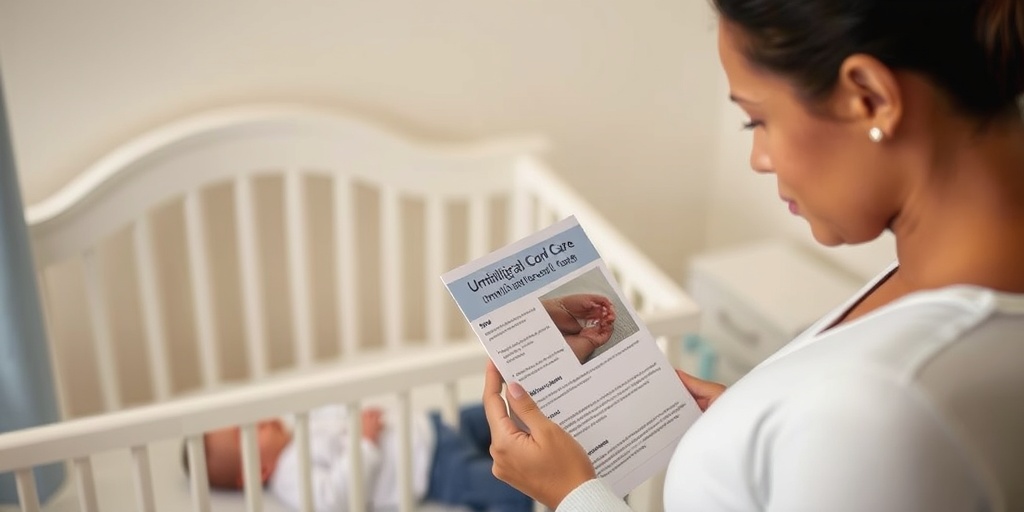
Umbilical Cord Appearance
The umbilical cord is a vital structure that connects a developing fetus to the placenta, providing essential nutrients and oxygen during pregnancy. After birth, the umbilical cord is clamped and cut, leaving a small stump attached to the newborn’s abdomen. Understanding the appearance of the umbilical cord stump is crucial for new parents, as it can indicate the health of the newborn.
What Does a Healthy Umbilical Cord Stump Look Like?
A healthy umbilical cord stump typically has the following characteristics:
- Color: The stump usually appears yellowish or brownish as it dries out. This is a normal part of the healing process.
- Texture: Initially, the stump may feel moist and soft, but it will gradually become dry and firm.
- Size: The stump is usually about 1 to 2 inches long and will shrink in size over time.
As the stump heals, it will eventually fall off, usually within 1 to 3 weeks after birth. Parents should monitor the area for any signs of infection or complications.
Signs of Potential Issues
While most umbilical cord stumps heal without complications, it’s essential to be aware of potential issues. Here are some signs that may indicate a problem:
- Redness: If the skin around the stump appears red or inflamed, it could be a sign of infection.
- Discharge: A foul-smelling discharge or excessive bleeding from the stump area is a cause for concern.
- Swelling: If the area around the stump is swollen, it may indicate an underlying issue.
If you notice any of these symptoms, it’s important to consult your pediatrician for further evaluation and care. 🩺
Common Umbilical Cord Issues
While most umbilical cord stumps heal without any issues, some common problems can arise. Understanding these issues can help parents take appropriate action and ensure their newborn’s health.
Infection
One of the most common concerns regarding umbilical cord care is infection. Signs of an infection may include:
- Persistent redness around the stump
- Foul-smelling discharge or pus
- Fever in the newborn
If you suspect an infection, it’s crucial to seek medical attention promptly. Infections can be treated effectively with antibiotics, but early intervention is key. 🦠
Umbilical Granuloma
An umbilical granuloma is a small, benign growth that can develop at the site of the umbilical cord stump after it falls off. It appears as a small, red, and moist bump. While it is generally harmless, it may require treatment if it becomes irritated or does not resolve on its own. Treatment options may include:
- Silver nitrate: A chemical treatment applied by a healthcare provider to help shrink the granuloma.
- Minor surgical removal: In some cases, a doctor may recommend a simple procedure to remove the granuloma.
Umbilical Hernia
Another issue that can arise is an umbilical hernia, which occurs when a portion of the intestine protrudes through the abdominal wall near the belly button. Signs of an umbilical hernia include:
- A bulge at the site of the umbilical cord stump, especially when the baby cries or strains.
- Discomfort or pain in the area (though this is rare in infants).
Most umbilical hernias in infants resolve on their own as the abdominal muscles strengthen. However, if the hernia becomes painful or does not improve, medical evaluation is necessary. 🏥
By understanding the normal appearance of the umbilical cord stump and being aware of common issues, parents can ensure they provide the best care for their newborns. Regular monitoring and prompt medical attention when needed can help prevent complications and promote healthy healing. 🌟
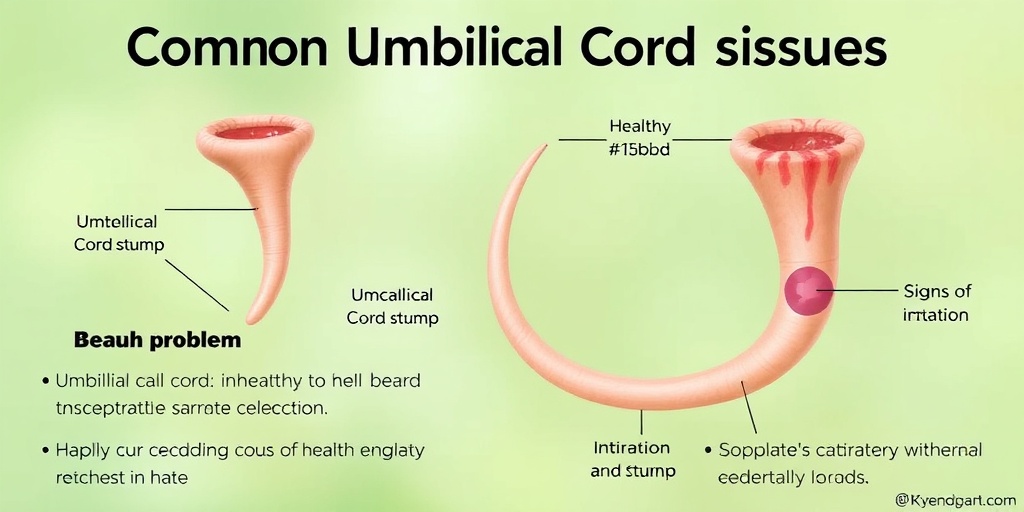
How to Clean the Umbilical Cord
Proper umbilical cord care is essential for the health and well-being of your newborn. The umbilical cord is a vital lifeline during pregnancy, but once your baby is born, it requires careful attention to ensure it heals properly. Here’s a step-by-step guide on how to clean the umbilical cord safely.
Gather Your Supplies
Before you begin, make sure you have the following supplies on hand:
- Clean, soft cloths or cotton balls
- Alcohol swabs or antiseptic solution (as recommended by your pediatrician)
- Diapers (to avoid irritation)
Steps for Cleaning the Umbilical Cord
Follow these simple steps to clean your baby’s umbilical cord:
- Wash Your Hands: Always start by washing your hands thoroughly with soap and water to prevent any infection.
- Expose the Cord: Gently fold down your baby’s diaper to expose the umbilical cord stump. Ensure that the area is well-lit.
- Clean the Area: Using a clean cloth or cotton ball, moisten it with alcohol or antiseptic solution. Gently wipe around the base of the cord stump, removing any debris or discharge.
- Let It Air Dry: After cleaning, allow the area to air dry completely. This helps to prevent moisture buildup, which can lead to infection.
- Re-diaper: Once the area is dry, carefully fold the diaper back up, ensuring it does not rub against the cord stump.
Frequency of Cleaning
It’s generally recommended to clean the umbilical cord stump once a day or whenever it appears dirty. Avoid using excessive moisture, as this can delay healing. Remember, the stump will typically fall off within 1 to 3 weeks after birth, so consistent care is crucial during this period.
Signs of Infection
Common Symptoms of Infection
- Redness: If the skin around the umbilical cord stump appears red or inflamed, this could indicate an infection.
- Swelling: Noticeable swelling around the stump is another warning sign.
- Discharge: A foul-smelling discharge or pus coming from the stump is a clear indication of infection.
- Fever: If your baby develops a fever (temperature above 100.4°F or 38°C), it’s essential to consult a healthcare professional.
- Excessive Crying: If your baby seems unusually fussy or irritable, it may be a sign of discomfort related to an infection.
What to Do If You Suspect an Infection
If you notice any of the above symptoms, it’s crucial to contact your pediatrician immediately. They may recommend further evaluation and treatment to ensure your baby’s health and safety. Early intervention can prevent complications and promote healing.
In summary, umbilical cord care is a vital part of newborn care. By following proper cleaning techniques and being aware of the signs of infection, you can help ensure your baby’s umbilical cord heals properly and without complications. Remember, always consult your healthcare provider if you have any concerns or questions regarding your baby’s health. 🩺👶
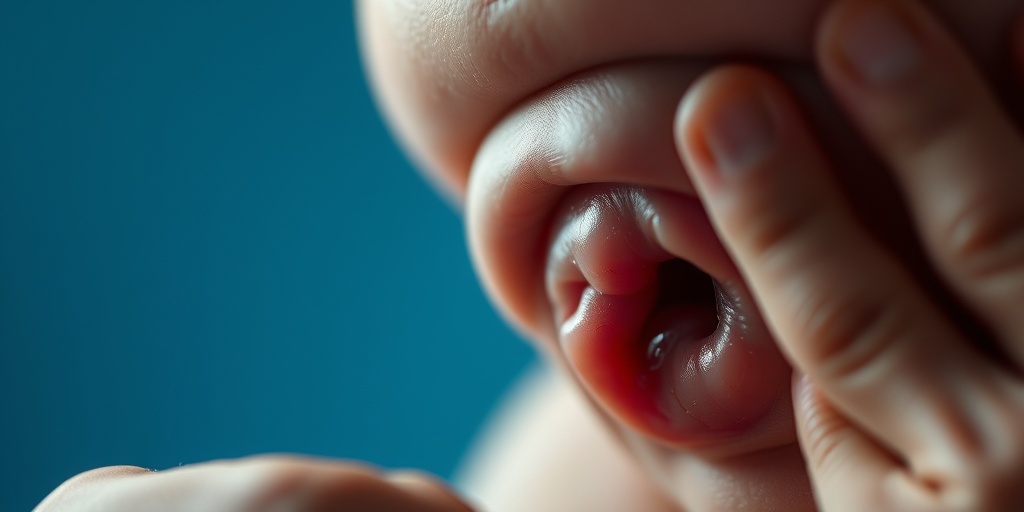
When to Consult a Doctor
Taking care of your newborn’s umbilical cord is crucial for their health and well-being. While most cases of umbilical cord care are straightforward, there are specific situations where you should consult a doctor. Here are some signs to watch for:
Signs of Infection
One of the most important aspects of umbilical cord care is monitoring for signs of infection. If you notice any of the following symptoms, it’s essential to seek medical advice:
- Redness or swelling around the umbilical stump
- Foul odor coming from the stump
- Discharge that is yellow or green, which may indicate pus
- Fever in your newborn, which could signal a systemic infection
Excessive Bleeding
While a small amount of bleeding can be normal as the cord dries out, excessive bleeding is a cause for concern. If you notice that the stump is bleeding more than a few drops or if the bleeding does not stop after applying gentle pressure, contact your pediatrician immediately.
Delayed Cord Separation
Typically, the umbilical cord stump falls off within 1 to 3 weeks after birth. If it remains attached beyond this period, it’s advisable to consult a healthcare professional. Delayed separation can sometimes indicate underlying issues that may need to be addressed.
Unusual Growths or Changes
Keep an eye on the area around the umbilical stump. If you notice any unusual growths, such as a small lump or a protrusion, it’s best to have it evaluated by a doctor. These changes can sometimes indicate conditions like an umbilical hernia.
Umbilical Cord Care Myths
With so much information available, it’s easy to get confused about the best practices for umbilical cord care. Let’s debunk some common myths to ensure you’re providing the best care for your newborn:
Myth 1: You Should Keep the Cord Stump Covered at All Times
Many parents believe that covering the umbilical cord stump with a bandage or gauze is necessary to protect it. In reality, it’s best to keep the stump exposed to air. This helps it dry out and fall off more quickly. Just ensure that the area is clean and dry.
Myth 2: You Need to Clean the Stump with Alcohol
While it was once common practice to clean the umbilical stump with rubbing alcohol, current guidelines suggest that this is unnecessary. Instead, simply clean the area with mild soap and water during bath time. Avoid using alcohol, as it can irritate the skin and delay healing.
Myth 3: The Stump Should Be Removed Manually
Some parents may feel tempted to pull off the umbilical stump if it seems loose. However, this is a myth! The stump will fall off naturally when it’s ready. Pulling it can cause bleeding and increase the risk of infection.
Myth 4: You Can’t Bathe Your Baby Until the Cord Falls Off
Another common misconception is that you should avoid bathing your baby until the umbilical cord stump has fallen off. In fact, you can give your baby sponge baths while the stump is still attached. Just be sure to keep the stump dry and avoid submerging it in water.
Myth 5: All Umbilical Cords Are the Same
Not all umbilical cords are created equal! Some babies may have a longer or thicker cord, which can affect how it looks and how quickly it falls off. Each baby is unique, and their umbilical cord care may vary accordingly.
Understanding the facts about umbilical cord care can help you feel more confident as a new parent. By knowing when to consult a doctor and debunking common myths, you can ensure your baby’s health and comfort during this crucial time. 🌟
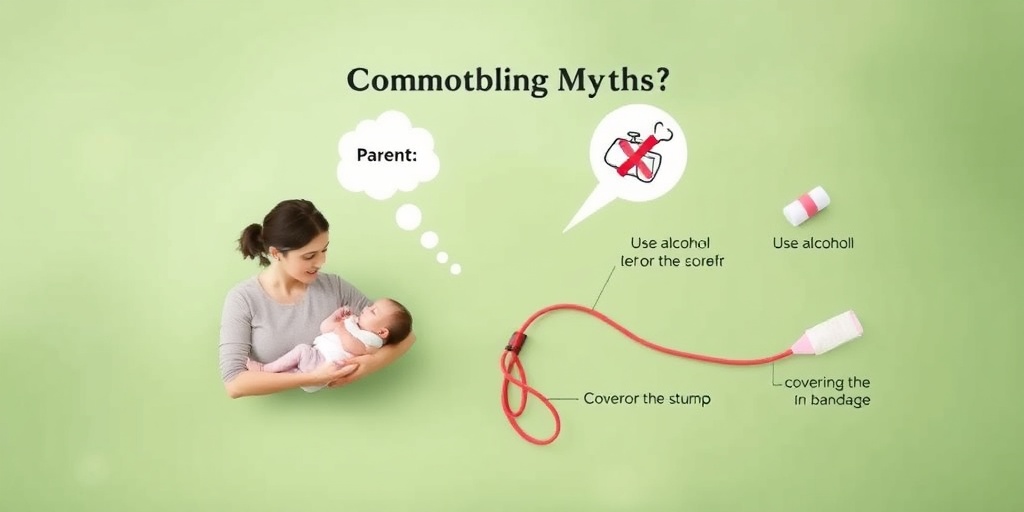
Frequently Asked Questions about Umbilical Cord Care
What is Umbilical Cord Care?
Umbilical cord care refers to the practices and procedures involved in maintaining the health and hygiene of the umbilical cord stump after birth. Proper care is essential to prevent infections and promote healing.
How should I care for my newborn’s umbilical cord?
To care for your newborn’s umbilical cord, follow these steps:
- Keep the area clean and dry.
- Gently clean the stump with a soft cloth and water.
- Avoid using alcohol or other antiseptics unless advised by a healthcare professional.
- Let the stump fall off naturally, which usually occurs within 1 to 3 weeks.
What should I do after the umbilical cord falls off?
Once the umbilical cord stump falls off, continue to keep the area clean and dry. Monitor for any signs of infection, such as redness, swelling, or discharge. If you notice any concerning symptoms, consult your pediatrician.
Is it normal for the umbilical cord stump to smell?
It is not uncommon for the umbilical cord stump to have a slight odor as it heals. However, if the smell is strong or foul, it may indicate an infection. In such cases, seek medical advice promptly.
Can I bathe my newborn while the umbilical cord is still attached?
It is best to avoid submerging your newborn in water until the umbilical cord stump has fallen off and healed. Instead, give sponge baths to keep the baby clean without soaking the stump.
What are the signs of infection in the umbilical cord area?
Signs of infection may include:
- Redness or swelling around the stump
- Foul-smelling discharge
- Increased tenderness or pain
- Fever in the newborn
If you observe any of these symptoms, contact your healthcare provider for further evaluation.
Are there any products I should avoid using on the umbilical cord stump?
Avoid using alcohol, hydrogen peroxide, or any ointments unless specifically recommended by your healthcare provider. These products can irritate the skin and delay healing.
Where can I find more information on umbilical cord care?
For more detailed information, you can refer to resources such as the NHS website, parenting books, or consult your pediatrician. Additionally, you may find helpful umbilical cord care PDFs and guides online.

